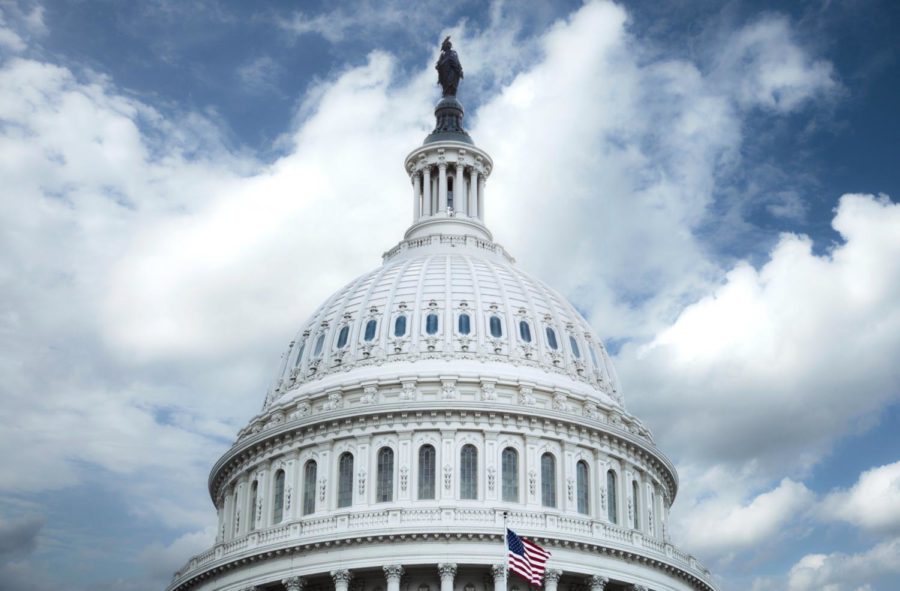How to Caucus
With the midterm elections coming up in November, caucuses are fast approaching. In short, caucuses are Minnesota’s version of a primary, and since all party caucuses happen on the same night, there is no need to declare a party. This year’s precinct caucus is on February 6.
The Minnesota Secretary of State’s office describes caucuses as “a great way to show support for a candidate, raise an issue that’s important to you, influence who the party will endorse for many offices, and meet people in your community.”
There are some requirements to caucus for a certain party:
– You must be old enough to vote (18) by, or on, November 6th, 2018
– You must be registered to vote
– You cannot be an active member of any other political party
– You must be a resident of the certain caucus area
To begin, you must check your precinct location, using the Secretary of State Elections and Voting site, www.sos.state.mn.us, and input your information.
There are many stages to caucusing. It begins with your precinct caucus, where the convener begins the process of the caucus. This usually starts with electing a Precinct Chair (a two-year term) whom the attendees will vote on. Most likely, the convener will become the Precinct Chair, as they have gone through the proper training.
Secondly, this year all precinct caucuses will enter a preference ballot for governor, as there are a handful of appointed and elected officials running. These results are merely to gauge support for the many candidates.
Next, since these are party specific caucuses, this is also a time to shape the DFL or GOP party platform. It all begins with thinking of an idea and why the party should support it, this is more formally called a resolution. Convince, persuade, and talk with the other participants in hopes that they will support your resolution. If passed in your precinct, it will travel to the next level of conventions and so on. Eventually, your idea could be implemented into the party’s official platform.
The last order of business is undoubtable the most important: electing delegates. See, delegates are the elected members of a precinct that will go on to attend the Senate District Convention. A convention with resolutions, debate, conversation, and electing more delegates.
It is a funnel system in which the difficulty to become a delegate rises with each step. These delegates will then travel to the Congressional Convention and the State Convention in support of their candidate.
All over the state, there are congressional and state candidates that are planning to abide by the party’s endorsement. In short, the delegates of Senate District Convention will go to the Congressional and State Conventions to voice their opinion and support of certain candidates. Eventually, the delegates will vote on a candidate and the winner gains the endorsement (nomination). Eliminating the need for a primary to determine the nominee.
Delegates elected from the Precinct Caucus and the Senate District Convention will go to both the Congressional and State Convention to nominate state and federal candidates.
At a Congressional Convention, the main task is to endorse candidates for the U.S. House of Representatives. Also, they elect another group of delegates to attend the National Convention for President.
This is the same task list at a State Convention except the delegates endorse Senatorial and Gubernatorial candidates, as well as electing delegates for the National Convention.
Overall, caucusing is a great way to become more politically involved in your community. A simple gather of 10-20 people can quite literally change the world. The process of caucusing is a perfect example of how true the phrase “all politics is local” really is.
–
If there are any questions or would like to know more information, contact Colin Dosedel as I am the convener for the Chaska W-4 Precinct Caucus.


